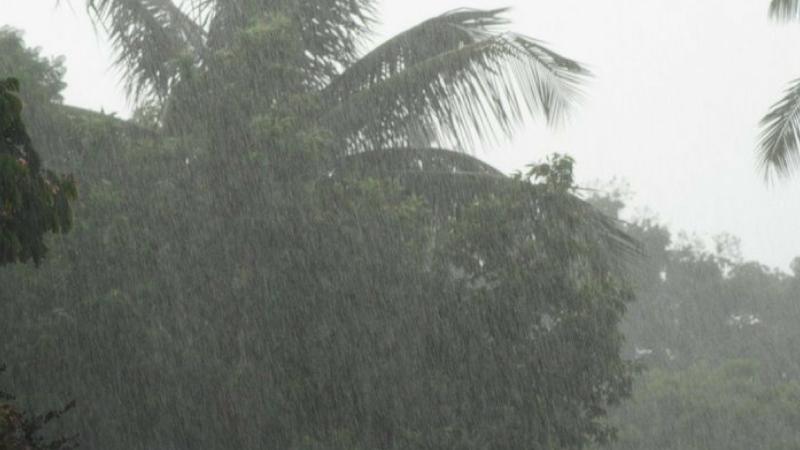
Rainfall extremes have had devastating effects in the country, including floods in Gujarat and landslides in Darjeeling, both of which claimed many lives. With a warming climate, such extreme rainfall events are only going to increase. Currently, Clausius-Clapeyron (C-C) relationship, the mathematical tool used to understand how a warming climate can lead to extreme rainfall events, has proven inefficient at predicting extreme rainfall in urban areas. Factors like surface air temperature (SAT), can be lower in urban areas during the monsoon, due to the monsoon rains cooling the air. Researchers from Indian Institute of Technology, Gandhinagar, have now shown that SAT may not be a good predictor for extreme rainfall events in urban areas. Using satellite and remote sensing data, the researchers noticed a disparity between observations and predictions made using CC relationship. Instead of SAT, the researchers then used the Dew Point, the temperature below which water condenses into a liquid and a measure of the humidity at ground level, and Tropospheric Temperature, the temperature of the troposphere, to model the extreme rainfall. They found the new model to match well with observations and better at making prediction of extreme rainfall, over cities. Global temperatures are on the rise and with no end in sight for greenhouse gasses and pollutants being released into the atmosphere; temperatures will continue to rise, bringing even more unpredictability to our daily weather forecast. The research allows us to better understand the phenomenon of warming atmosphere, along with the effects that has on rainfall in our cities, allowing us to be better prepared for such unavoidable calamities.





